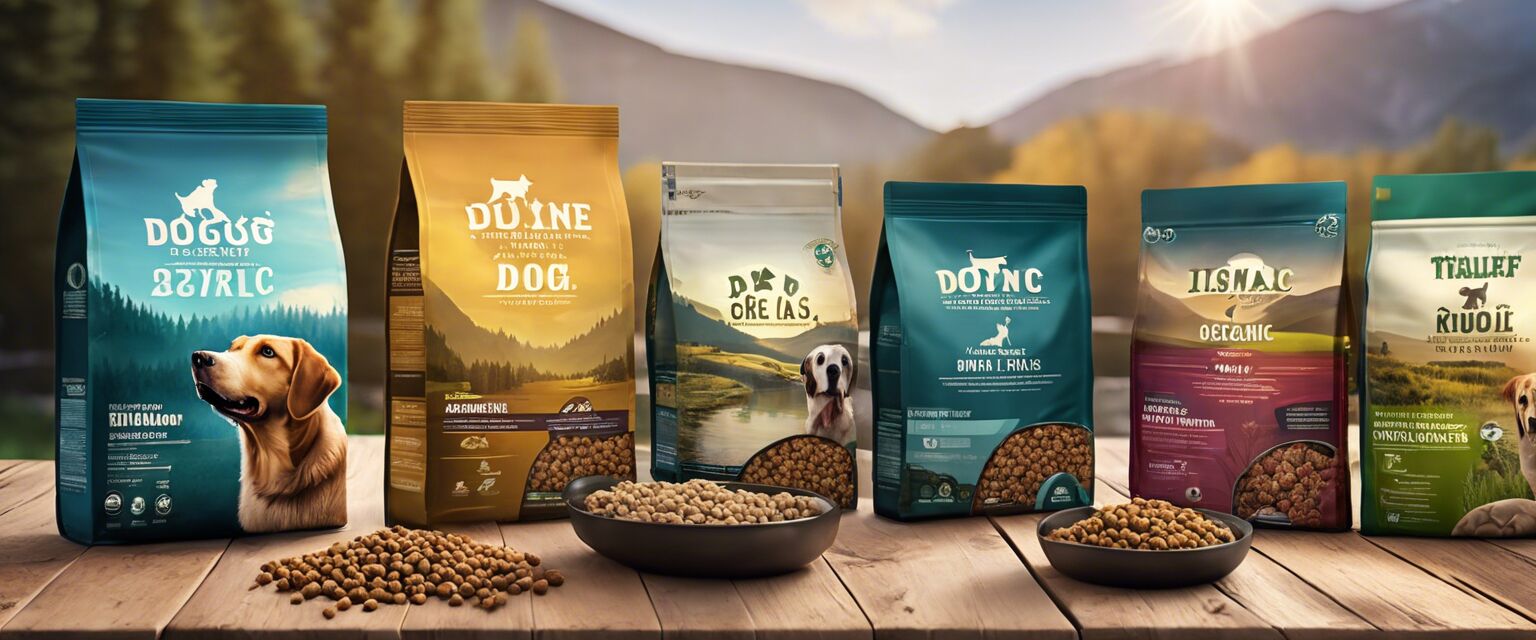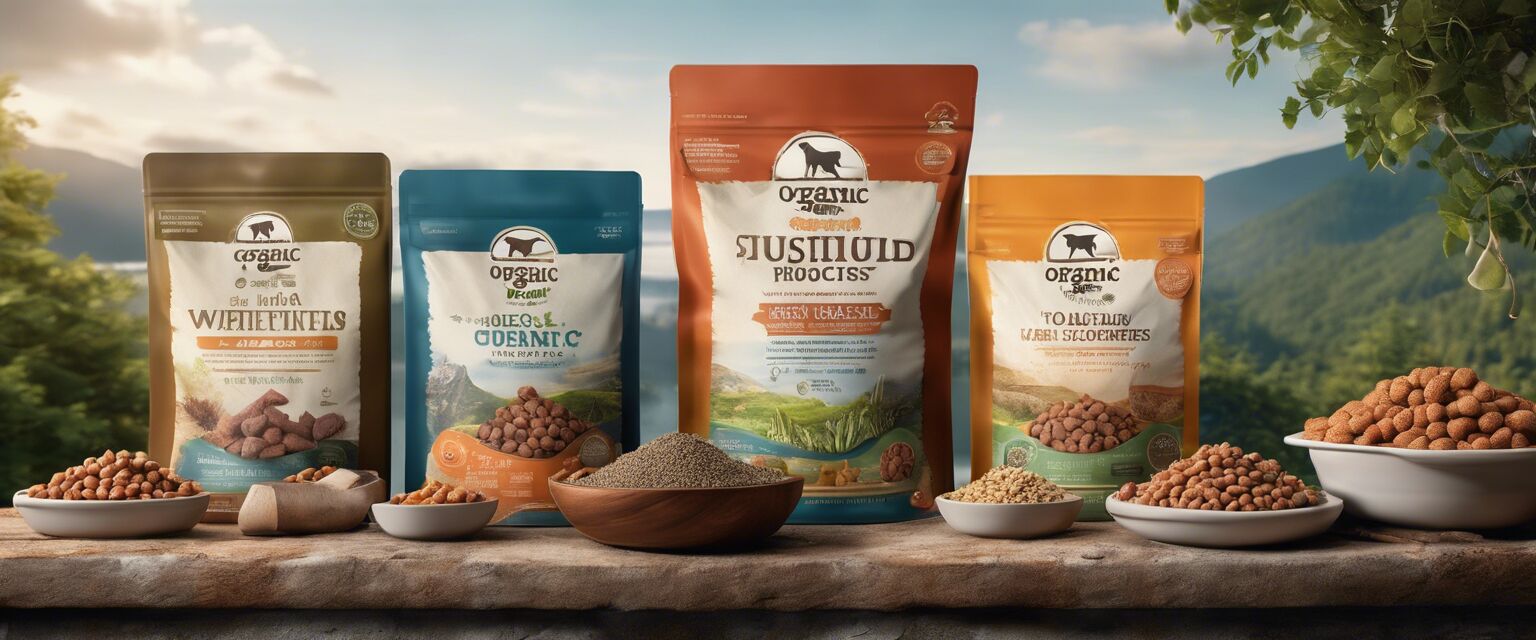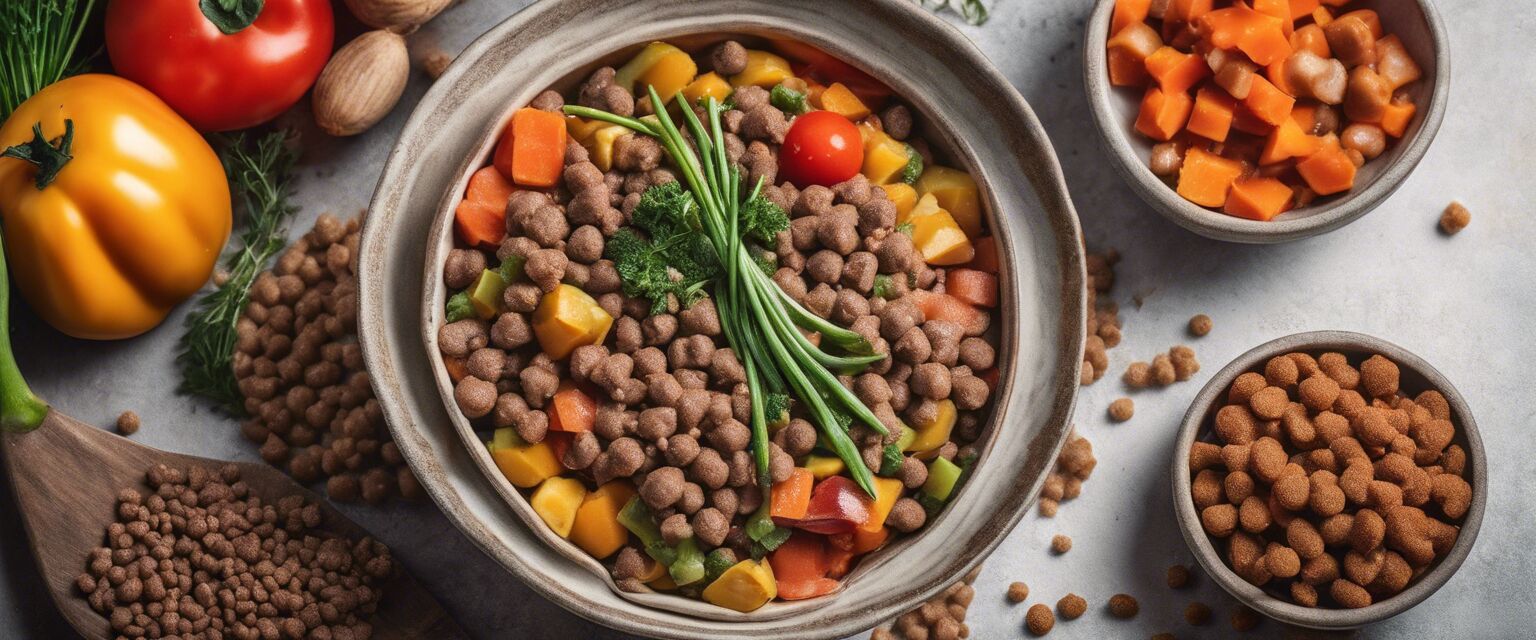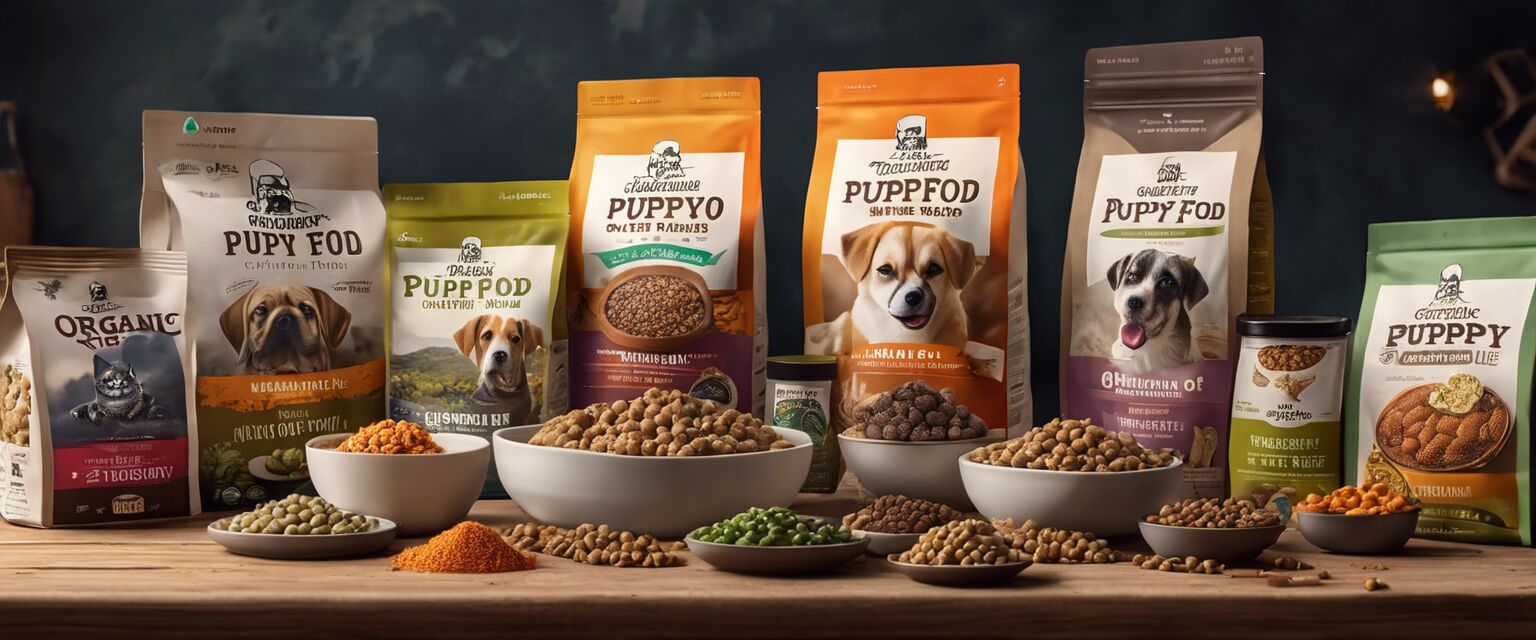
Grain-Free Organic Dog Food
Key Takeaways
- Grain-free organic dog food is beneficial for dogs with grain sensitivities.
- These foods are made with high-quality ingredients, promoting overall health.
- Look for brands that prioritize transparency in sourcing and manufacturing.
- Consult with your veterinarian before making dietary changes for your pet.
Finding the right food for your furry friend can be challenging, especially with so many options available. This guide explores the top grain-free organic dog food brands, highlighting their advantages and what to look for when selecting the best diet for your dog.
What is grain-free organic dog food?
Grain-free organic dog food is a type of pet food that excludes grains such as wheat, corn, and soy and is made with ingredients that are grown without synthetic fertilizers or pesticides. This diet can be particularly beneficial for dogs with allergies or sensitivities to grains.
Benefits of grain-free organic dog food
- Better digestion: Many dogs digest grain-free diets more easily.
- Improved skin and coat: High-quality ingredients can lead to healthier skin and a shinier coat.
- Higher protein content: These foods often contain more meat and protein sources.
- Reduced allergens: Helps in minimizing the risk of food allergies.
Top grain-free organic dog food brands
| Brand | Main Ingredients | Features |
|---|---|---|
| Brand A | Chicken, sweet potatoes, peas | Non-GMO, high protein |
| Brand B | Beef, carrots, blueberries | Grain-free, organic certification |
| Brand C | Salmon, lentils, kale | Rich in omega-3, gluten-free |
How to choose the right grain-free organic dog food
When selecting the right grain-free organic dog food, consider the following factors:
- Age and size: Different life stages and breeds have different nutritional needs.
- Ingredient quality: Look for whole-food ingredients without fillers.
- Brand reputation: Research the brand's history and customer reviews.
- Consult your vet: Always seek professional advice tailored to your dog's needs.
Common misconceptions about grain-free diets
Grain-free diets can sometimes be misunderstood. Here are some common misconceptions:
- All dogs need to be on a grain-free diet: Not all dogs have grain sensitivities.
- Grain-free is always better: Some dogs may thrive on a diet that includes grains.
- Grain-free means low quality: Many high-quality brands provide grain-free options.
How to transition to grain-free organic dog food
Transitioning your dog to a new diet should be done gradually to avoid digestive upset. Hereâs a simple plan:
- Start by mixing a small amount of the new food with your dog's current food.
- Gradually increase the amount of new food while decreasing the old food over 7-10 days.
- Monitor your dog's reactions and consult your vet if any issues arise.
Potential drawbacks of grain-free diets
While there are many benefits, it's essential to be aware of potential drawbacks:
- Some dogs may not tolerate certain protein sources.
- Grain-free diets can sometimes be lower in fiber.
Pros
- Highly digestible for many dogs.
- Often contains high-quality ingredients.
- Can be beneficial for dogs with allergies.
Cons
- May not be suitable for all dogs.
- Can be more expensive than traditional dog foods.
- Potential for unbalanced diets if not carefully selected.
Conclusion
Choosing the right grain-free organic dog food can significantly impact your dog's health and well-being. By understanding the benefits, potential drawbacks, and how to choose the right food, you can make informed decisions for your furry friend.
Tips for beginners
- Start slow with any diet change.
- Read ingredient labels carefully.
- Pay attention to your dog's reactions and health.
- Always consult with your veterinarian for personalized advice.
Resources
For more information on related topics, check out our other articles:
Further Reading
If you're interested in exploring the world of organic dog food further, consider these additional resources:






